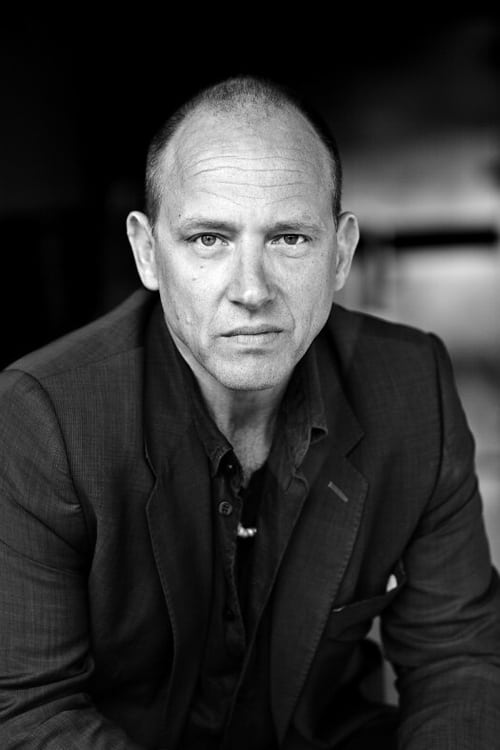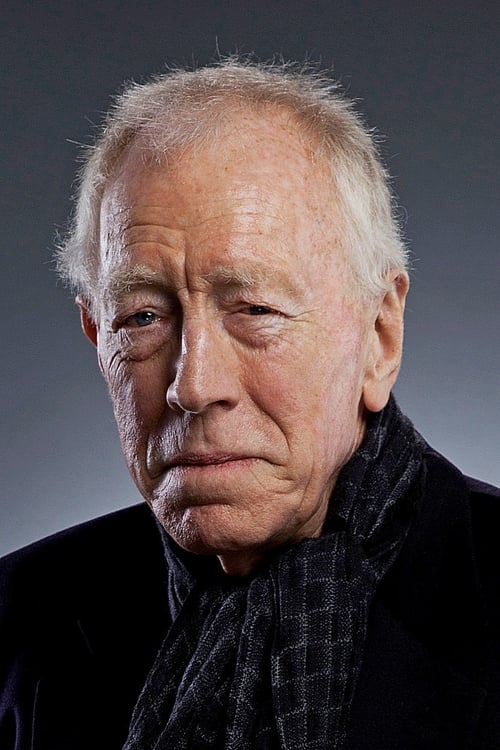Cast & Crew
4 members
Acting
Samuel Fröler
Nils Strindberg (voice)

Acting
Rolf Lassgård
Knut Frænkel (voice)

Acting
Max von Sydow
S.A. Andrée (voice)

Acting
Anita Ekström
Gurli Linder (voice)

© 2025-2026 Cinemaos Private Ltd.
Data provided by Consumet and Tmdb APINils Strindberg (voice)

Knut Frænkel (voice)

S.A. Andrée (voice)

Gurli Linder (voice)
